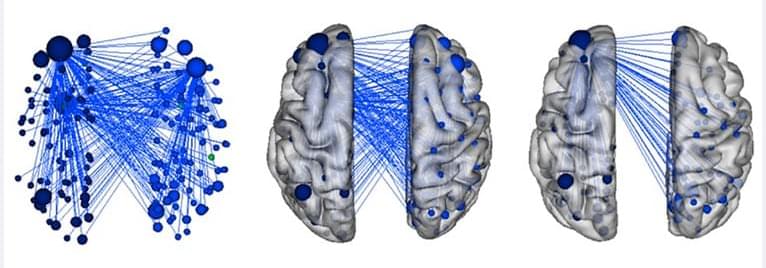Oct 27, 2021
Ensuring Reproducibility: Critical Cell Culture Quality Controls
Posted by Shailesh Prasad in categories: biotech/medical, finance
Cell culture is an essential in vitro experimental tool. An attempt to recapitulate the body in a dish, in two and three dimensions, it has provided the basis for decades of research and probably thousands of PhDs. When it goes wrong, however, whether through accident, infection, misidentification, cross-contamination or uncontrolled differentiation (for stem cells), it can be very stressful, especially in the case of longer-term experiments or when using hard-to-replace cell lines. Another important consideration is reproducibility, which is an acknowledged life sciences industry issue. A 2015 PLOS Biol ogy study, for example, reported in an analysis of previous studies that the prevalence of irreproducible research was over 50% – equivalent to USD $28 billion per year on irreproducible preclinical research.1 Inconsistencies in cell culture approaches are a potential issue in this regard, as if cells are not maintained or used in a consistent way, or are contaminated with an infection (like mycoplasma), this can negatively impact results and make it more difficult to reproduce and/or accurately interpret data.
“Quality control (QC) is a key part of assuring the quality of outputs from any cell culture process, and is an essential part of assuring reproducibility of scientific quality in research as well as assurance of the quality and safety of cell culture-derived products,” comments Glyn N Stacey, International Stem Cell Banking Initiative, Cambridge, UK, and the Institute for Stem Cells and Regeneration and National Stem Cell Resource Centre, Chinese Academy of Sciences, Beijing, China. “These topics are currently very much in the minds of journal editors, research funders and regulators and are thus of crucial significance to researchers.”
This article will look at these different aspects of cell culture quality control and the types of protocols that can be implemented to help ensure reliable and reproducible results.


















